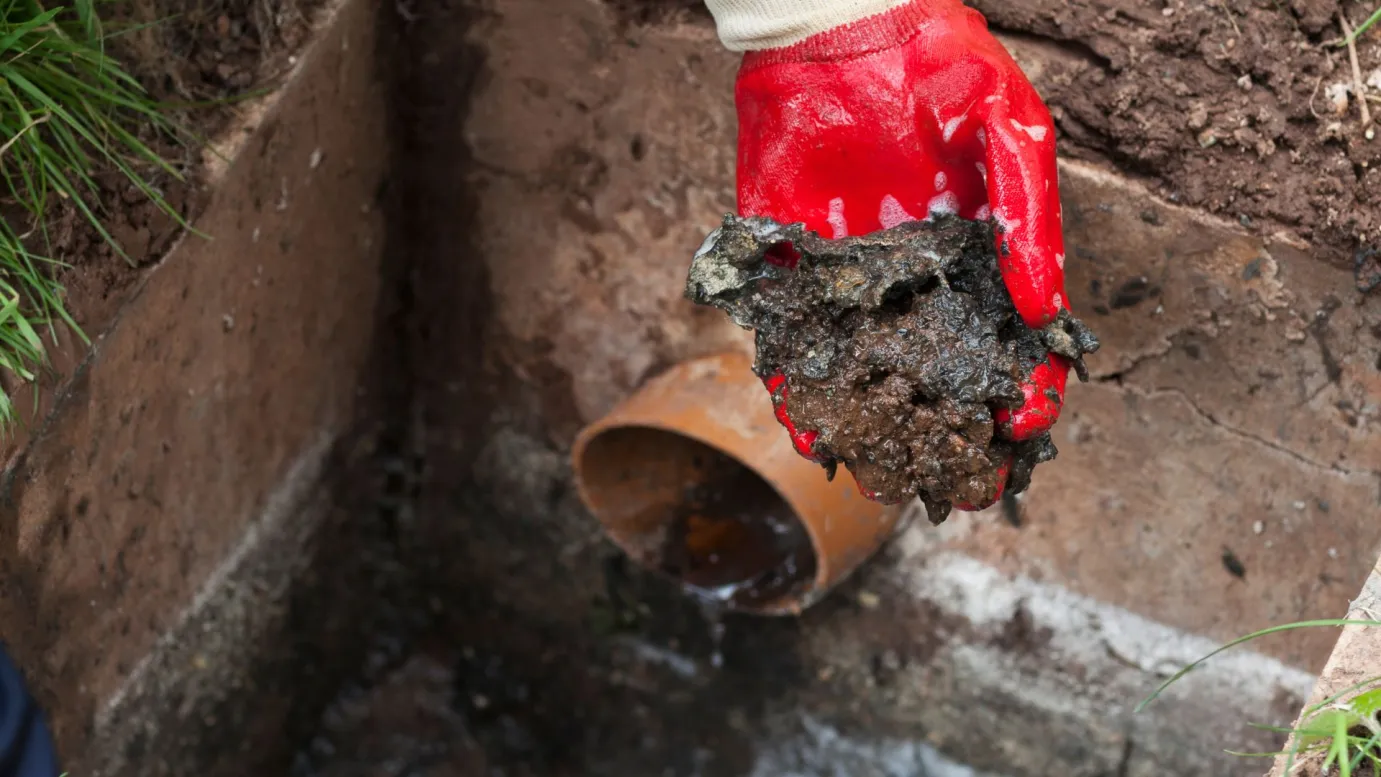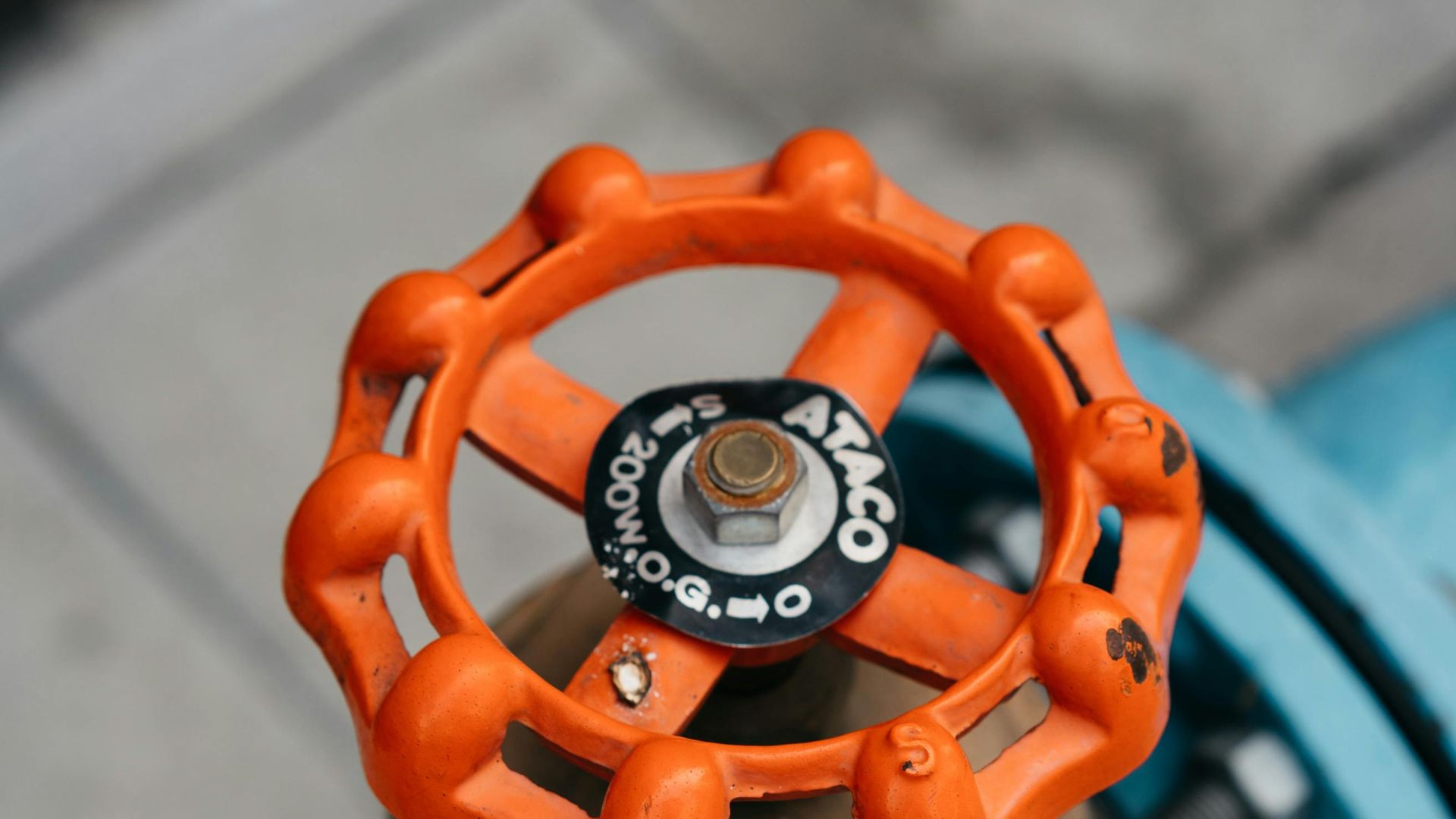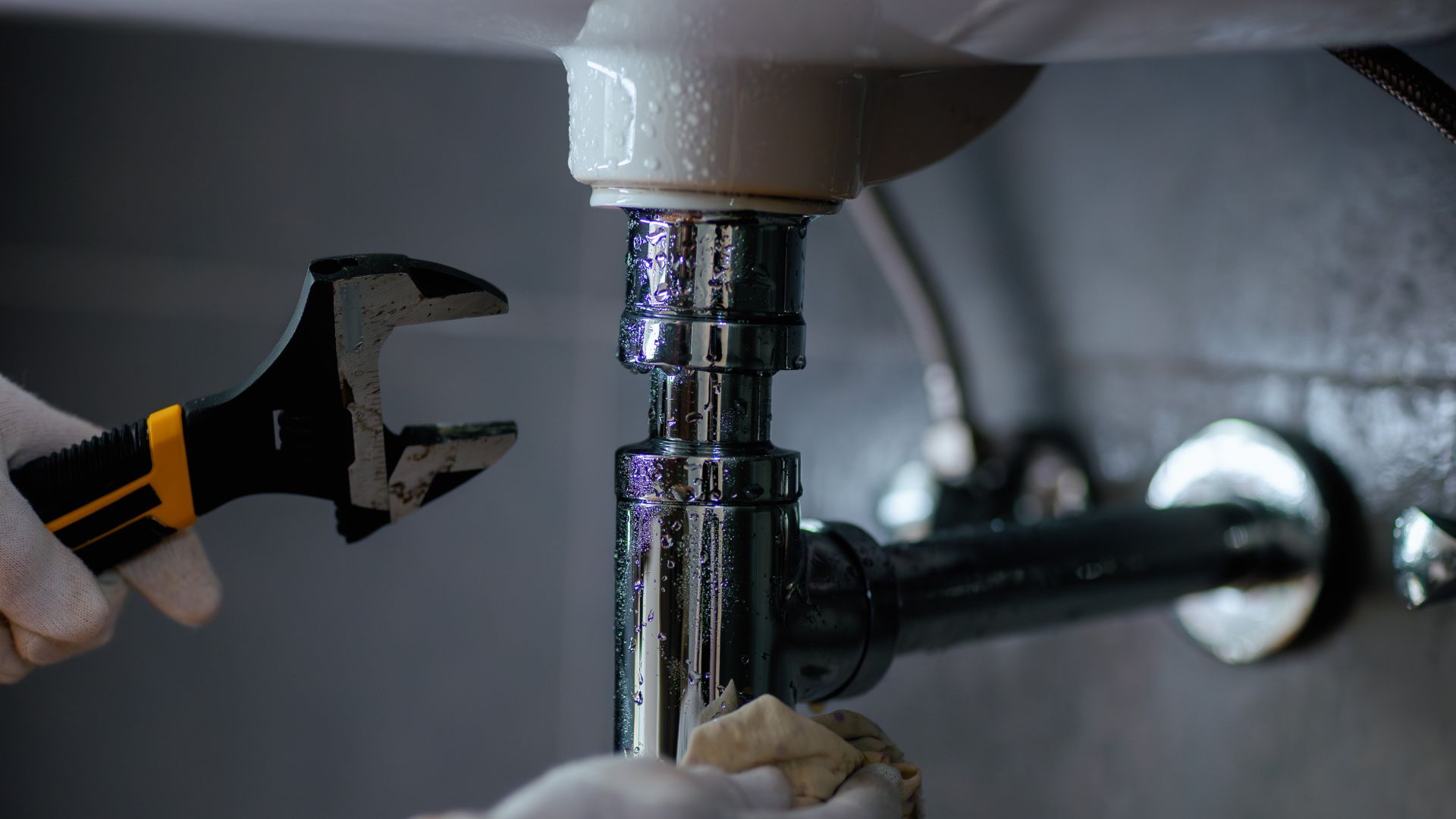Leonardo Da Vinci said, “Water is the driving force of all nature.”
The water we drink or use really affects our health. As stated by the WHO, eighty per cent of diseases around the globe are waterborne. We just can’t take chances with our daily water supply.
Water backflow is dangerous in your main water supply and could cause complications and contaminated water. Does that name ring a bell?
If you’re scratching your head, no worries. We’ve got you covered with this article, which dives into everything about backflow and contaminated water.
We’ll go over all you need to know, starting with the basics and moving on to how to install a backflow prevention device in your plumbing system. Let’s dive right in!
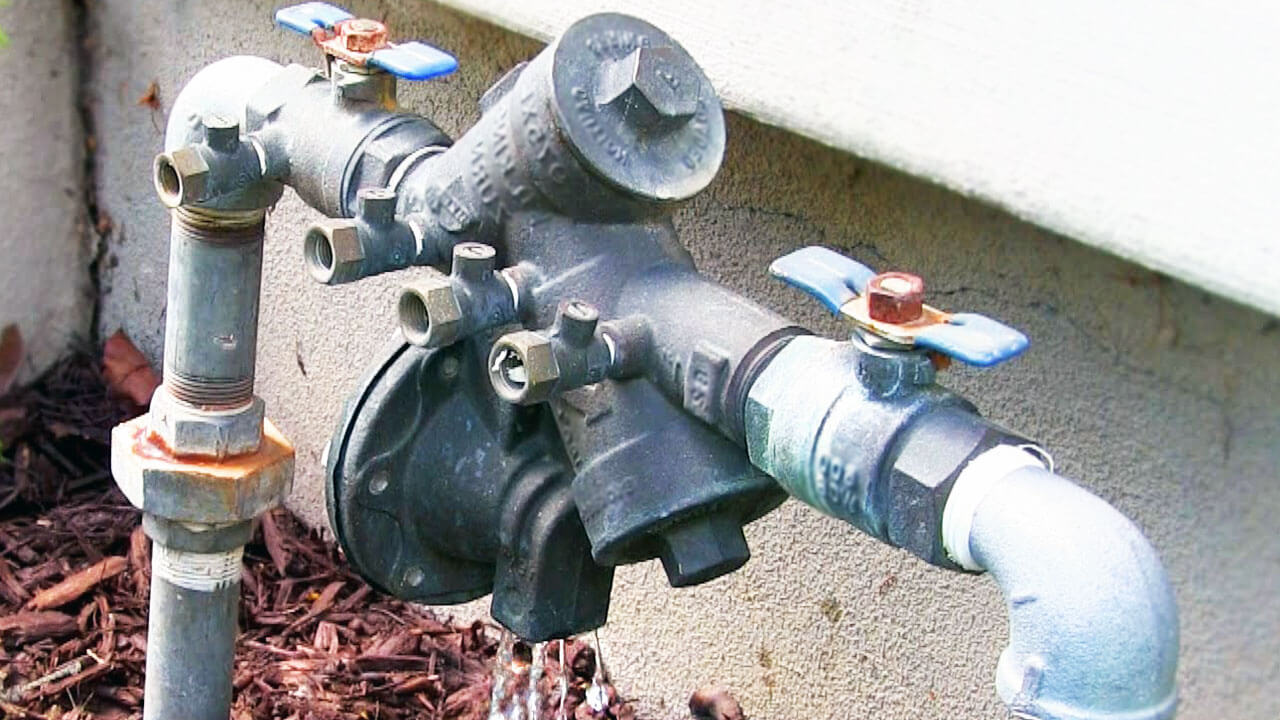
What Is Backflow?
Keeping your water system in check is vital for both homes and businesses. Typically, water moves in a single direction through your property, with clean water entering from one side and exiting through the other, thanks to steady water pressure.
But things can go wrong if pressure fluctuates, allowing used water to mix with the clean supply. This unwanted mix-up is what we call backflow.
Think of all that grimy water drained from washing machines and dishwashers down your sinks and basins. What if it got mixed with the clean water supply? When water from pressurized water taps flows in the opposite direction, it may compromise the safety of the entire water supply system.
This is particularly concerning for medium-risk properties and low-risk properties, as they might not have the same level of protection as high-risk areas.
It’s too gross even to imagine. This can give rise to severe gastrointestinal diseases, too; that’s why backflow testing ensures the safety and purity of your water service.
Backflow happens in two main ways: back pressure and back siphonage. Back pressure occurs when downstream pressure overtakes the source pressure, causing a backward flow.
On the other hand, back-siphonage is triggered by pressure dips, such as when a fire hydrant is knocked over or a garden hose inadvertently pulls dirty water into clean supply lines.
What Is Backflow Testing?
Before installing a simple backflow prevention device, you need backflow testing. As discussed above, a backflow test is a quick and straightforward method to evaluate whether clean water is mixing with filthy water. In this backflow test, a plumber assesses the functioning of the backflow preventer device installed in your pipes and plumbing system.
The backflow test is mainly conducted for two purposes: to check whether there’s a backflow in the supply line and the second is to pinpoint its reason. It is highly recommended that an annual backflow test be conducted. Completing the backflow testing process usually takes no more than thirty minutes if no repairs are required. Specific criteria must be observed for backflow testing, ensuring that the check valves prevent backflow and that the airports open when they should.
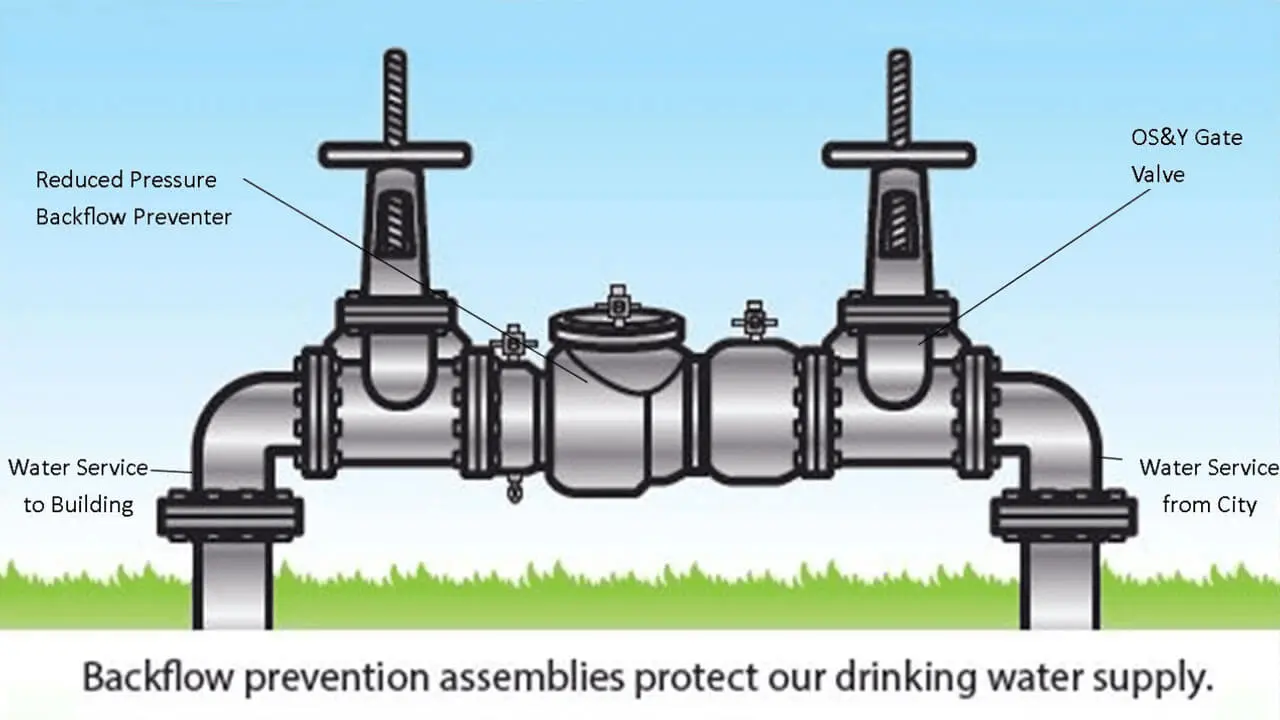
Why Is It Important?
To be confident about the quality of water that you are consuming, it is crucial to get annual testing of your supply system. It is an integral part of home maintenance because it gives a conclusive report about whether the water at your home is clean and safe.
A few advantages of backflow testing are:
1. Protection Against The Presence Of Heavy Metals
Heavy metals can enter your water supply, especially if you are a business owner or own cafés and restaurants. A typical example is the contamination of clean water by copper because of soda dispensers.
The carbonated solution in the dispensers can corrode its inner surface, carrying it to the pipes that transport used water. If backflow happens in this situation, it will lead to copper poisoning in the individual who consumes it.
Similarly, other heavy metals like chromium, lead, and arsenic employed in metal plating can also seep into drinking water.
2. Preventing Waterborne Diseases
Disease outbreaks like typhoid, diarrhoea, and dysentery occur because of faecal infiltration into drinking water. There’s a high chance of such infections when water’s backflow occurs. Most gastrointestinal disorders are caused by coliform bacteria like E. coli and Salmonella that thrive in dirty water.
3. Prevention Of Chemical Contamination
Compounds like sodium hydroxide, herbicides, and insecticides can enter the water supply through backflow and threaten your health. Noxious chemicals can cause liver, breast, pancreatic cancer, and leukemia.
The Process Of Backflow Testing
Before a backflow test, there are some technical details to sort out, and your licensed plumber should handle these. First, get the okay from the property’s owner or representative to cut off the water supply.
As a courtesy, let everyone know about the upcoming water shutdown so they can plan. Then, inspect the area, check how the device is assembled, and take notes if possible.
Don’t forget to verify details like who made the system, its location, serial number, model, and size. With that sorted, you’re ready to start testing.
Backwater testing involves relief valves and gates on the testing device by shutting off the valves and noting fluctuations in gauge movement. These changes can point to leakage or other plumbing issues.
The essential criteria that must be met in the test are:
- Ensuring the regular opening of the airports
- Ensuring the check gates stop the backflow
- Make sure the timely introduction of a backflow testing device or gate and relief valves
The last step should occur before the pressure difference between the inlet device and check valves goes below two pascals.
How To Prevent Backflow?
You can prevent this nasty issue by installing devices and assemblies designed to stop water from reversing in the system.
Once you’ve got backflow prevention devices installed, keep in mind they can’t be tested since they lack test valves or shutoff features. But, backflow prevention assemblies do have these features, allowing for regular testing and secure operation.
So, let us discuss the different types of backflow devices in detail.
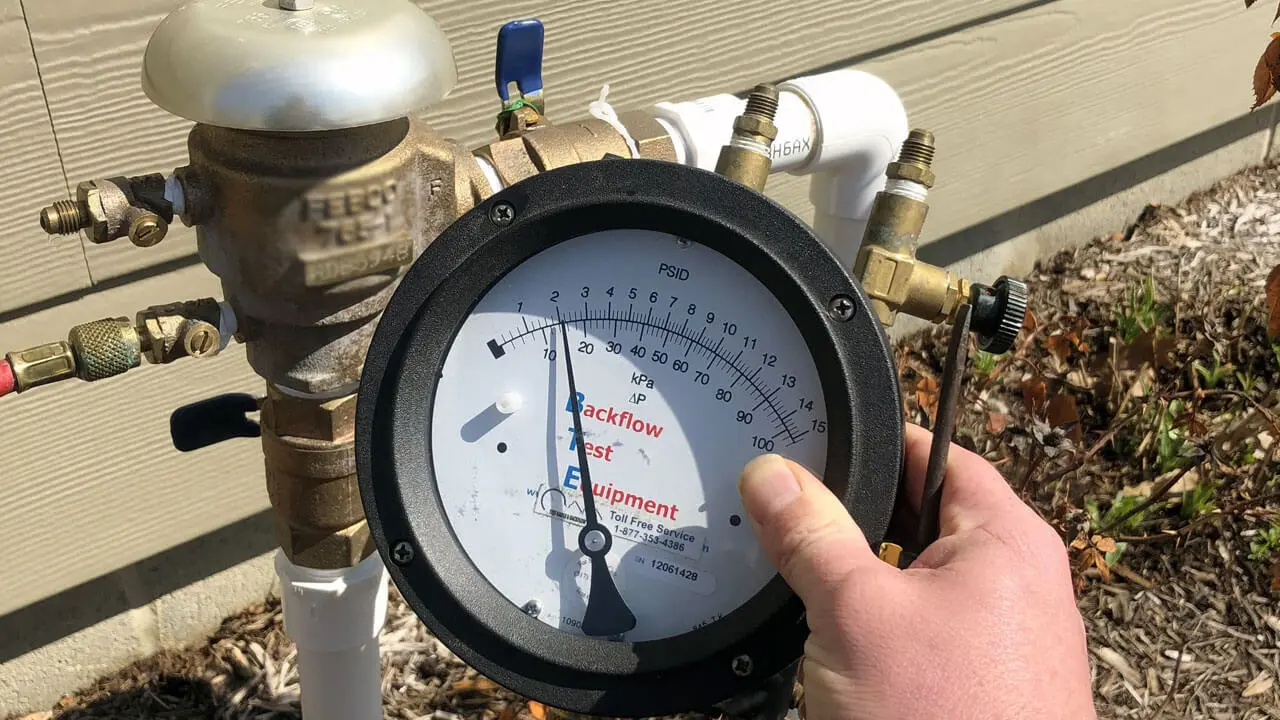
1. Atmospheric Vacuum Breakers (Prevention Device)
An atmospheric vacuum breaker, commonly called an atmospheric siphon, requires air pressure for function instead of water pressure. Its inlet valve remains closed when the water flow is proper but opens when it reverses and prevents back-siphonage.
These assemblies are effective in central systems but are not economically feasible in complex plumbing since they must be installed after every zone, pipe, or control valve.
2. Pressure Vacuum Breakers (Prevention Assembly)
This simple assembly is the most effective and commonly used to prevent backflow. It’s available at an affordable price and is economical to install, repair, and maintain.
The basic structure comprises a valve body with a pressure vacuum breaker and an inlet shutoff valve. It also has check valves loaded with springs designed to shut down when the water stops flowing.
But the drawback is that they are made to stop back-siphonage only.
3. Spill-Resistant Vacuum Breakers (Prevention Assembly)
These installations are leak-proof and do not allow water to spill, proving practical barriers for back-siphonage. This backflow device is similar to pressure vacuum breakers but has an additional diaphragm to prevent spillage from the air inlet under high-pressure conditions.
4. Double Check Valves (Prevention Assembly)
The double-check valve assembly (DCVA) is the perfect backflow preventer for in-line or underground usage. It is ideal for outdoor and indoor pipelines, consisting of a valve body, an inlet shutoff valve, and two independent check valves.
There is a shutoff valve for the outlet and four test valves.
Unlike SVBs and PCBs, DCVA can safeguard the plumbing against back pressure and back-siphonage. Hence, we can say they are excellent backflow preventers.
Why Backflow Testing Is A Must!
Water backflow can be dangerous for your drinking water supply and your family’s health, so regular plumbing system testing is very important. In other words, the annual testing of your supply system cannot be overlooked or neglected. If the property’s water meter is more significant than 25mm, you’ll need a separate backflow device.
We have now reached the end of our comprehensive guide on everything related to backflow. The guide covered its type, the testing process and prevention devices; hopefully, you got to know all you wanted.
But before signing off, we’d like to brush up on a few things. Backflow testing is done to check for backflow occurrence and find its root cause. The procedure requires the area’s water supply to be shut off for a while, so you should inform the residents before the test.
Don’t hesitate to contact our certified plumbing company for your plumbing requirements and backflow device installation. Call our plumbing team for Sydney water leaks, dirty water infiltration, device assembly (backflow prevention devices), backflow testing, and other plumbing services.
That’s pretty much it. We’ll see you next time, take care!

